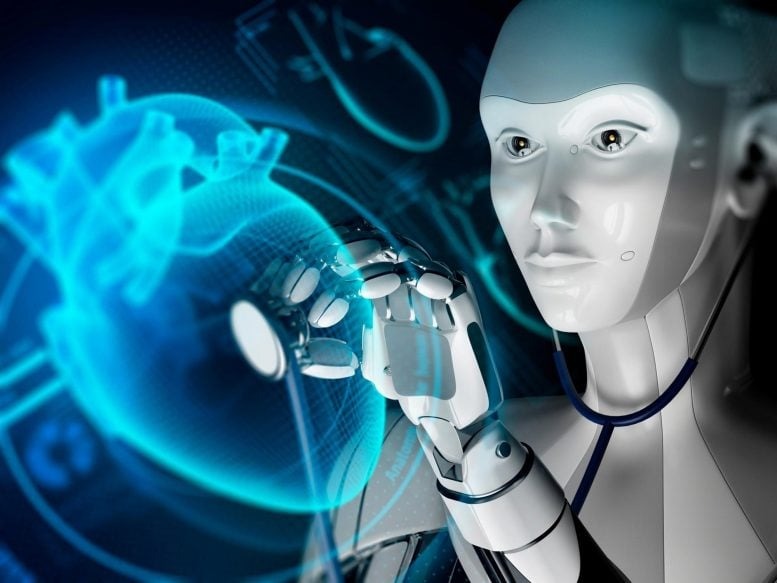Throat-reading AI laser could replace stethoscopes.

Scientists claim a home-ready innovation revolutionizes health monitoring.
Researchers at Glasgow University have engineered a laser camera that detects a person’s heartbeat remotely, identifying potential cardiovascular issues using AI and quantum advancements. This breakthrough, according to Professor Daniele Faccio from the university’s Advanced Research Centre, holds the potential to revolutionize health monitoring. He envisions deploying this technology in shopping mall booths for quick heartbeat readings, integrating the data into individuals’ online medical records. Additionally, Faccio proposes installing laser heart monitors in homes, forming part of a comprehensive health monitoring system for various parameters. Alongside monitoring heartbeats, these systems might track blood pressure variations and subtle gait changes, potentially indicative of early-stage Alzheimer’s disease. The remote monitoring of heartbeats is especially valuable, as irregularities could serve as warning signs for strokes or cardiac arrests, Faccio emphasized.
Currently, physicians rely on stethoscopes to monitor heartbeats. Devised in the early 19th century by French surgeon René Laënnec to facilitate examination without direct contact with a female patient’s chest, this instrument comprises a disk-shaped resonator that captures internal body sounds when placed on a person. These sounds are transmitted and amplified through tubes and earpieces for the listener.
“Properly using a stethoscope demands training,” noted Faccio. “Improper pressure on a patient’s chest can diminish heartbeat signals, while detecting background murmurs, crucial indicators of underlying issues, can be challenging amidst the primary heartbeat.”
Faccio and his team have devised a system employing high-speed cameras capable of capturing images at a rapid 2,000 frames per second. This setup utilizes a laser directed onto the skin of an individual’s throat, utilizing reflections to precisely measure the minute oscillations as their main artery expands and contracts due to the blood flow. These minuscule changes involve movements on a scale of just a few billionths of a meter.
While this precision is remarkable, solely tracking these subtle fluctuations wouldn’t suffice for monitoring a heartbeat. “Significant movements, such as those from breathing, occur on a person’s chest, potentially overpowering the signals generated by their heartbeat,” clarified Faccio.
“This is where AI steps in,” explained Faccio. “We employ sophisticated computing systems to sift through all extraneous noise, isolating solely the vibrations produced by an individual’s heartbeat, despite it being a much fainter signal amidst the other sounds from the chest. By understanding the frequency range of the human heartbeat, the AI zeroes in on that.”
Examining these refined signals enables medical professionals to identify fluctuations in heart rate, not in comparison to a statistical norm for a population, but in relation to an individual’s unique cardiac patterns. Faccio highlighted its immense value in detecting alterations within the heart and pinpointing specific defects. His team has launched a startup, LightHearted AI, currently seeking venture capital to further develop their innovative devices.
Faccio emphasized the system’s exceptional precision, noting, “Even within a household of 10 individuals, it can distinguish your unique heartbeat by simply directing a laser onto your throat and analyzing its reflection. In fact, one additional application of this system is biometric identification.”
“However,” he continued, “the primary purpose of this technology, slated for potential readiness next year, lies in effortlessly and swiftly measuring heartbeats beyond hospital or GP settings. The potential benefits could be substantial.”


